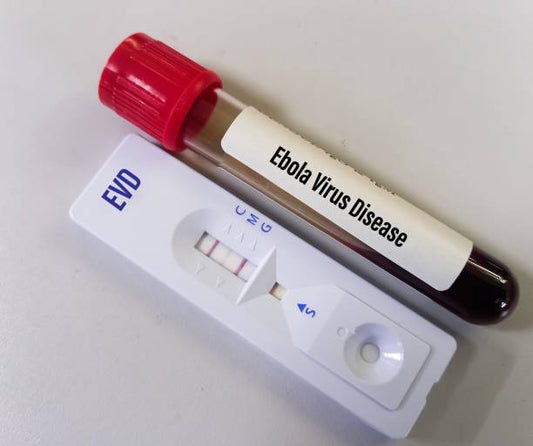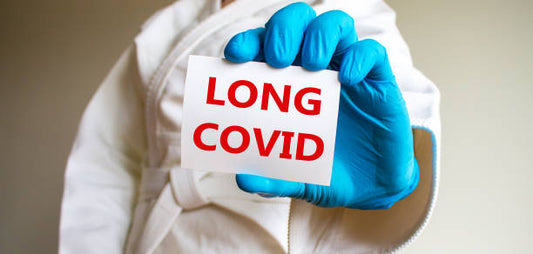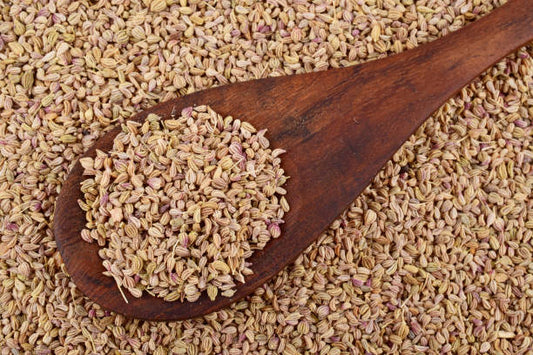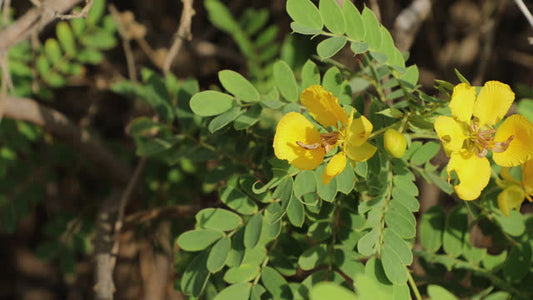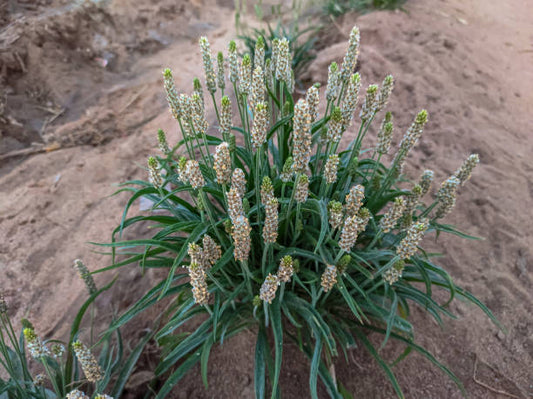What are Microplastics?
Microplastics are very small particles of plastic that are less than 5 millimeters in size. They can be found in a variety of products and materials, including cosmetics, clothing, and industrial processes. Microplastics can also be formed when larger plastic items break down into smaller pieces over time.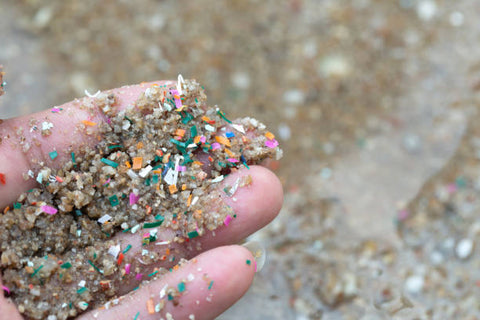
There are several types of microplastics, including primary microplastics and secondary microplastics. Primary microplastics are intentionally made to be small, such as microbeads in personal care products, while secondary microplastics are formed when larger plastic items break down into smaller pieces.
Microplastics can have a range of negative impacts on the environment and human health. They can enter the food chain through the ingestion of contaminated water or food, and they can accumulate in the bodies of animals and humans. Microplastics have also been found in various aquatic environments, including oceans and rivers, where they can harm or kill marine life.
To reduce the release of microplastics into the environment, it is important to minimize the use of products that contain microplastics and properly dispose of plastic items to prevent them from breaking down into smaller pieces. There are also efforts underway to develop methods for removing microplastics from the environment and finding alternatives to plastic products.
How does Microplastics affect humans?
There is evidence that microplastics can interfere with the normal functioning of the body's organs and systems. For example, microplastics have been found in the liver, brain, and other organs in animals, and there is concern that they may have similar effects in humans.
Microplastics may also carry harmful chemicals that can have negative impacts on human health. For example, they may carry chemicals such as pesticides, flame retardants, and other substances that are used in the production of plastic products. These chemicals can leach out of the plastic and enter the body, potentially causing harm.
There is still much that is unknown about the potential health impacts of microplastics on humans, and more research is needed to fully understand the risks. However, it is clear that reducing exposure to microplastics is important for protecting human health and the environment.

How to avoid Microplastics?
There are several steps that individuals can take to reduce their exposure to microplastics and prevent their release into the environment:
-
Avoid products that contain microplastics: Look for products that do not contain microbeads or other microplastics, such as facial scrubs and toothpaste. Choose products that use natural ingredients instead.
-
Properly dispose of plastic: Properly dispose of plastic items, such as bottles and bags, to prevent them from breaking down into smaller pieces and entering the environment.
-
Recycle plastic: Recycling plastic can help reduce the amount of plastic waste in the environment and prevent the release of microplastics.
-
Use a reusable water bottle: Choose a reusable water bottle instead of single-use plastic bottles to reduce plastic waste.
-
Support organizations working to reduce microplastics: Support organizations and initiatives that are working to reduce the release of microplastics into the environment and find alternatives to plastic products.
By taking these steps, individuals can help reduce their own exposure to microplastics and protect the environment from the negative impacts of plastic pollution.








